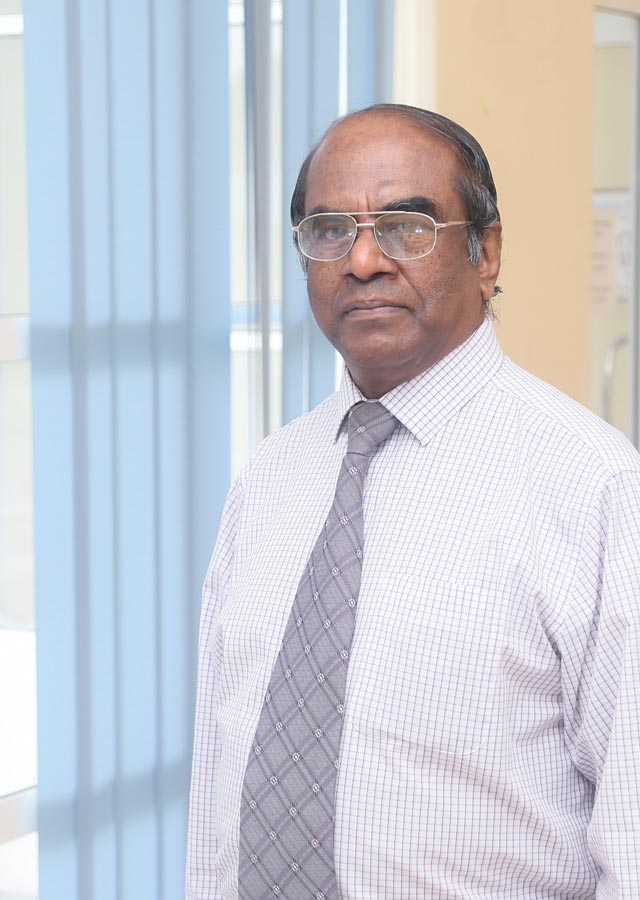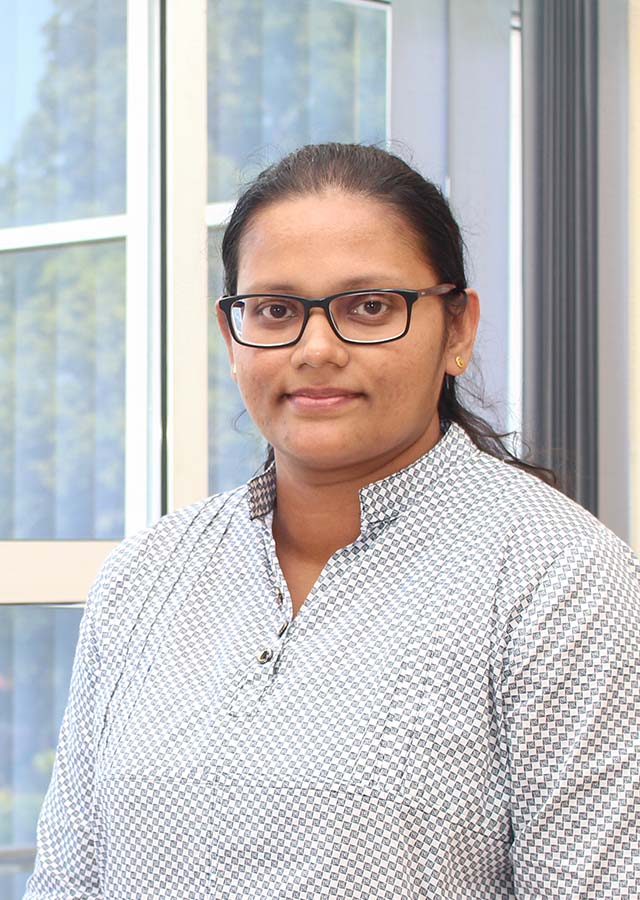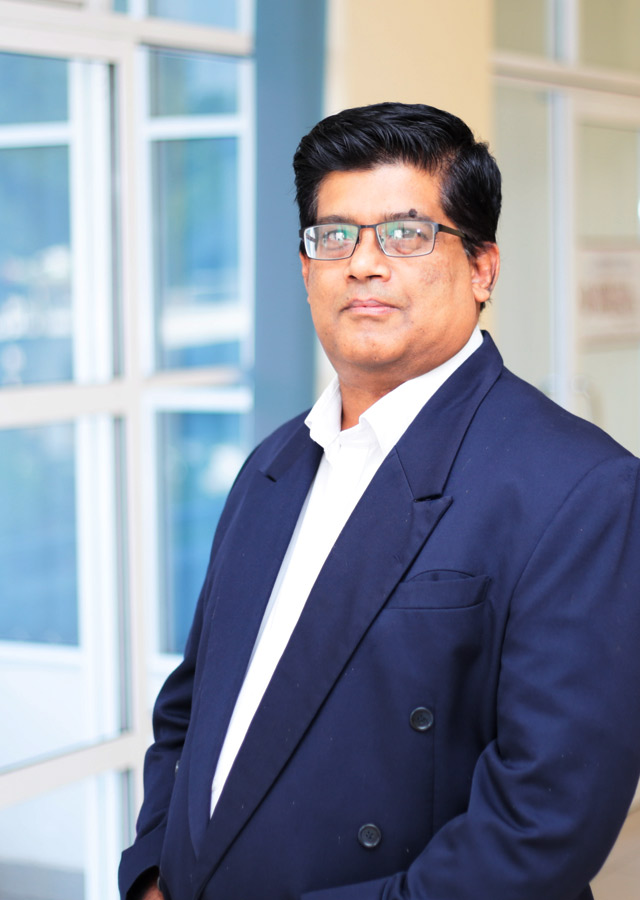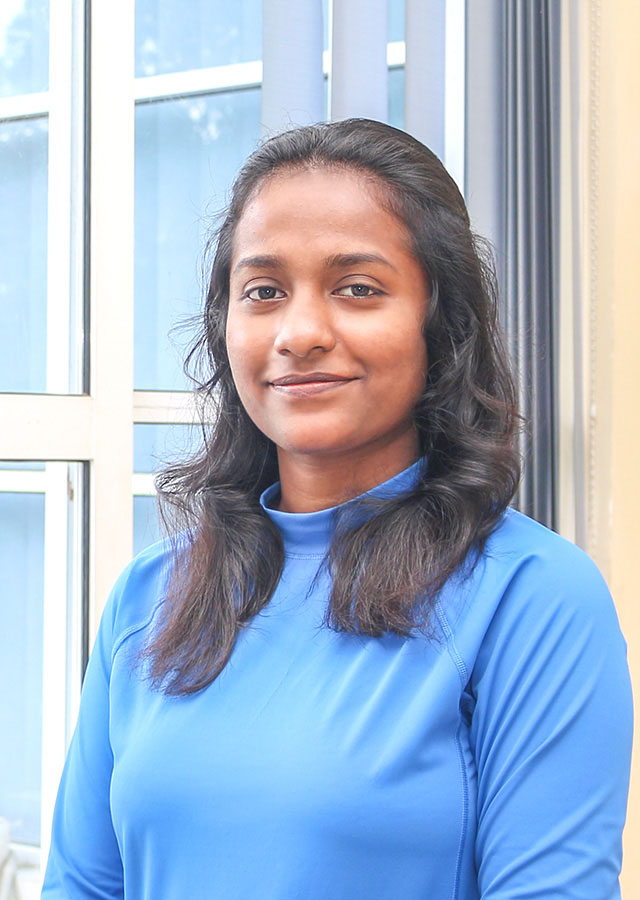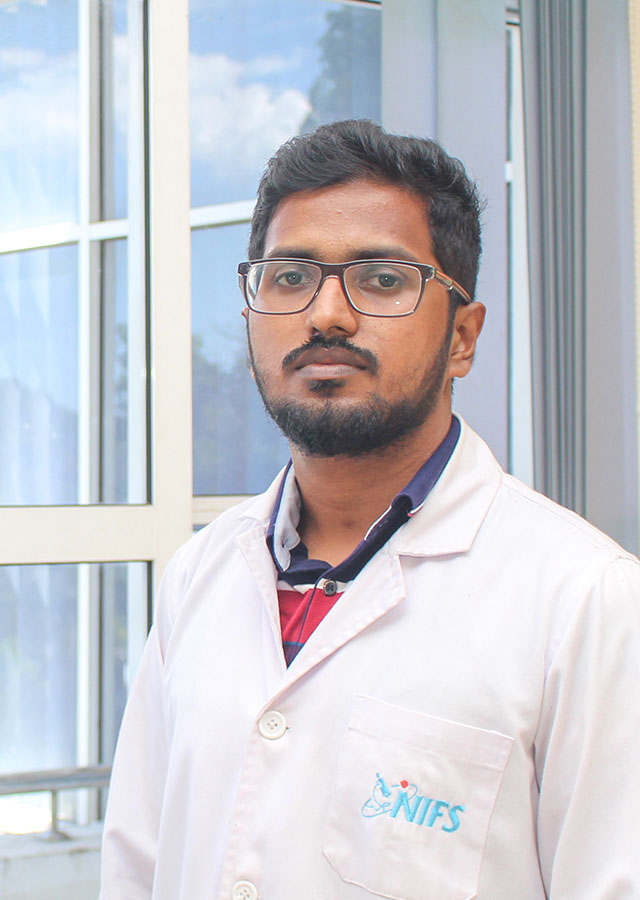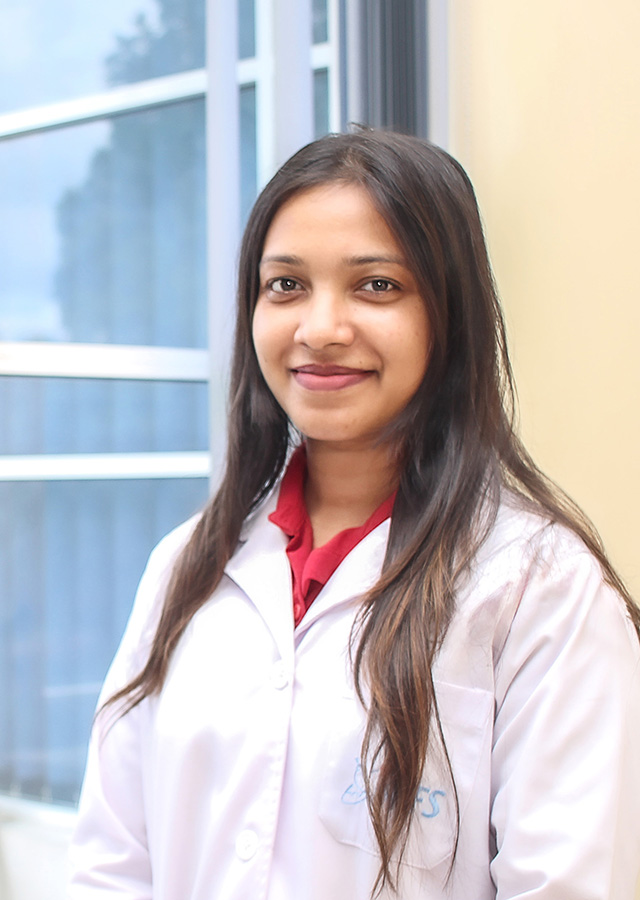Condensed Matter Physics and Solid State Chemistry Research Programme
Discovery of simple and profitable methods to meet mankind's energy demands

Research Focus
The main focus of this research group has been on (a) developing nitrogen doped TiO2 based novel multilayer electrodes for improved photovoltaic performance in dye sensitized solar cells. (b) developing PbS:Hg quantum dot sensitized, high efficiency solar cell structures with triple layer TiO2 photoanode, (c) improving the efficiency of dye sensitized solar cells using nano structurally modified tri-layer TiO2 photoanode, (d) developing (PVdF-HFP) co-polymer nanofibre based gel electrolytes for dye sensitized solar cells, (e) developing of Mg++ ion conducting polymer electrolytes for rechargeable magnesium batteries and (f) fabrication of low cost, polymer nanofibre based water filters for arsenic removal from drinking water.
In addition, this group continues to play a key role in the multi-university, “Solar Edu-Training” R&D and training programmes administered through the Science, Technology and Research Ministry for building a workforce of about 2000 youths ranging from A-Level students to MPhil/PhD researchers, competent in solar energy technologies.
Why does this matter ?
Our planet is gradually running out of energy sources. A developing country like Sri Lanka faces more hardships than a developed country. Therefore, our group has made it our duty to find locally available, renewable energy sources.
Silicon (Si) based solar cells that are commercially available are overpriced mainly because Si needs to be purified to 99.9% before being used for solar cells. Sri Lanka does not possess the technology or capital for this. Therefore, a majority of Sri Lankans are not interested in this rather expensive alternative energy source. Our island, with its close proximity to the equator receives sunlight throughout the year. This freely available, eco friendly, unlimited energy is wasted in our country. With the purpose of finding a solution to this problem, our research group focuses on developing low cost solar cells by using various components that are locally and abundantly available. As an example, we use TiO2 as the semiconductor material in our solar cells. TiO2 is available mainly in the north-east coast at Pulmoddai in Sri Lanka. Using low cost methods, TiO2 can be purified and used for our purposes. Unfortunately, low cost solar cells lack efficiency and stability. We hope our research will overcome these complications and pave the way for the dawn of a new era in the use of alternative energy in Sri Lanka.
